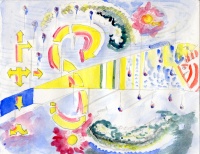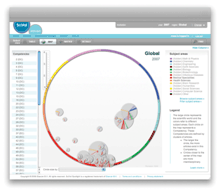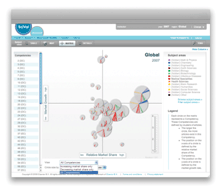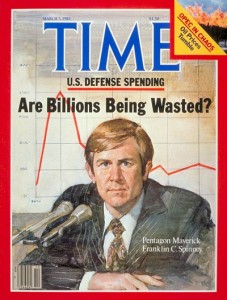
UPDATE of 22 Aug 2010 to add Viral Video (John Pourdehnad) that started the dialog.
Ackoff Virtual Inqiry Center (AVIC)
- There is a discussion underway at Systems Community of Inquiry focused on developing the concepts for a network of Ackoff Virtual Inqiry Centers (AVIC) located around the world. Early on, the original vision for AVIC, offered by Dr. John Pourdehnad, was that AVIC serve as a nervous system for the Systems and Design Community in Dr. Russell Ackoff’s name. With this belief, Dr. Pourdehnad also made clear the need for AVIC to be designed Ideally and created by the stakeholders themselves. The concept is being extended by Gene Bellinger and Kent Myers. The work of Clay Shirky is most helpful:
- Institutions vs. Collaboration a video by Clay Shirky
- How cognitive surplus will change the world a video by Clay Shirky
- See Also:
- Ackoff Centers for Design Thinking Version of April 12, 2010
- Co-Mapping
- Co-Mapping for Educators
- Design Thinking
- Idealized Design
- Knowledge Management in Inquiring Organizations
- Sustainable Development Simulation (SDSIM)
- Virtual Systemic Inquiry (VSI)







